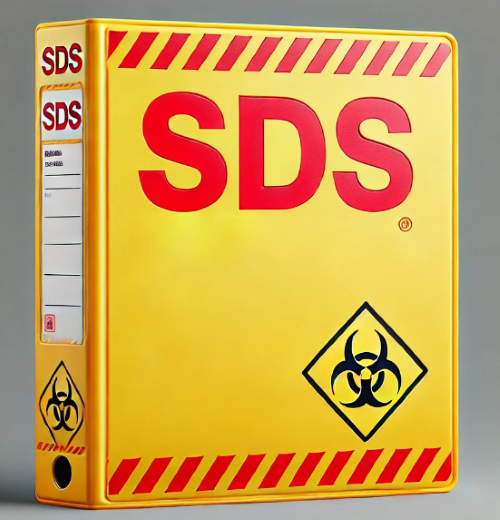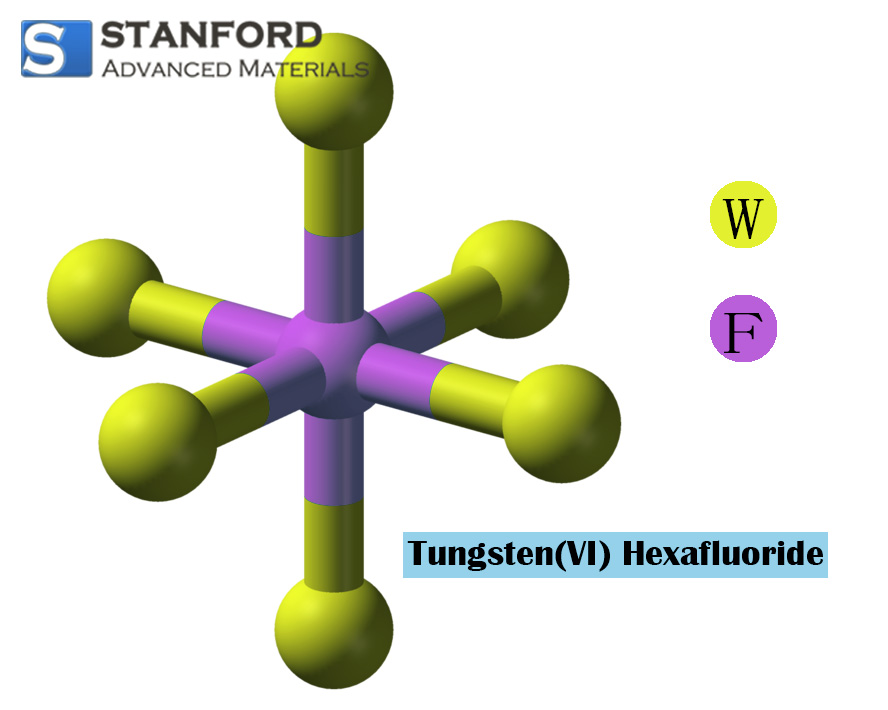SDS Of Iridium Oxide
1. Product Designations
Product Name: Iridiumoxid
CAS No.: 12030-49-8
Relevant identified uses of the substance or mixture and uses discouraged
Identified Uses: Laboratory chemicals, manufacture of substances
Details of the supplier of the Safety Data Sheet:
Manufacturer/Supplier:
Stanford Advanced Materials
23661 Birtcher Dr.
Lake Forest, CA 92630
Telephone: (949) 407-8904
Fax: (949) 812-6690
E‑mail: sales@SAMaterials.com
2. Identification of Hazards
2.1 Classification of the substance or mixture
No hazardous substance or hazardous mixture
2.2 Labelling elements
No hazardous substance or hazardous mixture
2.3 Other hazards
This substance/mixture does not contain any components that are classified as persistent, bioaccumulative and toxic (PBT) or very persistent and very bioaccumulative (vPvB) at concentrations of 0.1% or above.
3. Composition/Information on Constituents
Chemical Characterisation: The product does not burn
Formula: IrO2
Molecular Weight: 224.22 g/mol
CAS No.: 12030-49-8
EG No.: 234-743-9
4. First Aid Measures
Inhalation: If inhaled, move the individual to fresh air. If breathing ceases, commence artificial respiration.
Skin Contact: Wash the affected area with soap and plenty of water.
Eye Contact: Rinse the eyes with water as a precaution.
Ingestion: For an unconscious individual, do not administer anything by mouth. Rinse the mouth with water.
5. Fire-Fighting Measures
5.1 Suitable extinguishing agents
Use extinguishing agents that are appropriate to the local conditions and environment.
5.2 Specific hazards arising from the substance or mixture
Iridium oxide
5.3 Special advice for fire-fighting
When combating a fire, wear a self-contained breathing apparatus if required.
5.4 Further information
The product itself is non-flammable.
6. Accidental Release Measures
6.1 Personal precautions, protective equipment and emergency procedures
Avoid the generation of dust. Inhalation of vapours, mists or gases must be avoided.
6.2 Environmental precautions
No specific environmental measures are required.
6.3 Methods and materials for containment and clean-up
Sweep up the substance carefully and collect it into suitable, sealed containers for disposal.
7. Handling and Storage
7.1 Precautions for safe handling
Ensure that adequate extraction is in operation in areas where dust is produced.
7.2 Conditions for safe storage, including any incompatibilities
Store in a cool place. Keep the container tightly closed in a dry and well-ventilated area.
Storage class (TRGS 510): Non‑flammable solid
8. Exposure Control/Personal Protective Equipment
8.1 Control parameters
8.2 Limits and monitoring of exposure
Implement suitable technical measures in accordance with good industrial hygiene practice.
Personal Protective Equipment
Eye/Face Protection: Use eye protection that complies with the appropriate UK or EU standards, for example EN 166.
Skin Protection: Handle with gloves. Test gloves before use and wash and dry hands after handling. The selected gloves must meet the requirements of EU Directive 89/686/EWG and the corresponding EN 374 standard.
Body Protection: Select protective clothing based on the type, concentration and quantity of the hazardous substance present at the workplace.
Respiratory Protection: Respiratory protective equipment is not normally required. Where necessary, dust masks (e.g. EN 143) should be used. Ensure that any masks and components have been tested and approved in line with the relevant standards such as NIOSH (USA) or CEN (EU).
Control of environmental exposure
No specific environmental exposure controls are required.
9. Physical and Chemical Properties
Appearance and Form: Powder
10. Stability and Reactivity
10.1 Reactivity
No data available
10.2 Chemical Stability
The product is stable under the recommended storage conditions.
10.3 Possibility of hazardous reactions
No data available
10.4 Conditions to avoid
No data available
10.5 Incompatible materials
Strong oxidising agents
10.6 Hazardous decomposition products
Hazardous decomposition products may form under fire conditions – Iridium oxide
11. Toxicological Information
Acute Toxicity
No data available (Iridium dioxide)
Corrosivity/Irritation to the skin
No data available (Iridium dioxide)
Severe eye damage/Irritation
No data available (Iridium dioxide)
Sensitisation of the respiratory tract or skin
No data available (Iridium dioxide)
Germ cell mutagenicity
No data available (Iridium dioxide)
Carcinogenicity
IARC: No component of this product present at concentrations of 0.1% or above is classified by IARC as a probable, possible or confirmed carcinogen to humans.
Reproductive Toxicity
No data available (Iridium dioxide)
12. Ecological Information
12.1 Toxicity
No data available
12.2 Persistence and Degradability
No data available
12.3 Bioaccumulation Potential
No data available
12.4 Mobility in Soil
No data available (Iridium dioxide)
12.5 Results of the PBT and vPvB Assessment
This substance/mixture does not contain any components that are classified as persistent, bioaccumulative and toxic (PBT) or very persistent and very bioaccumulative (vPvB) at concentrations of 0.1% or above.
12.6 Other adverse effects
No data available
13. Disposal Considerations
Product
Offer surplus and non‑recyclable solutions to a licensed disposal company.
Contaminated Packaging
Dispose of in the same manner as unused product.
14. End of Safety Data Sheet
This Safety Data Sheet is provided solely for information, consideration and investigation. Stanford Advanced Materials does not guarantee, either expressly or implicitly, nor accept responsibility for the accuracy or completeness of the data contained herein.

 Bars
Bars
 Beads & Spheres
Beads & Spheres
 Bolts & Nuts
Bolts & Nuts
 Crucibles
Crucibles
 Discs
Discs
 Fibers & Fabrics
Fibers & Fabrics
 Films
Films
 Flake
Flake
 Foams
Foams
 Foil
Foil
 Granules
Granules
 Honeycombs
Honeycombs
 Ink
Ink
 Laminate
Laminate
 Lumps
Lumps
 Meshes
Meshes
 Metallised Film
Metallised Film
 Plate
Plate
 Powders
Powders
 Rod
Rod
 Sheets
Sheets
 Single Crystals
Single Crystals
 Sputtering Target
Sputtering Target
 Tubes
Tubes
 Washer
Washer
 Wires
Wires
 Converters & Calculators
Converters & Calculators
 Write for Us
Write for Us
 Chin Trento
Chin Trento


